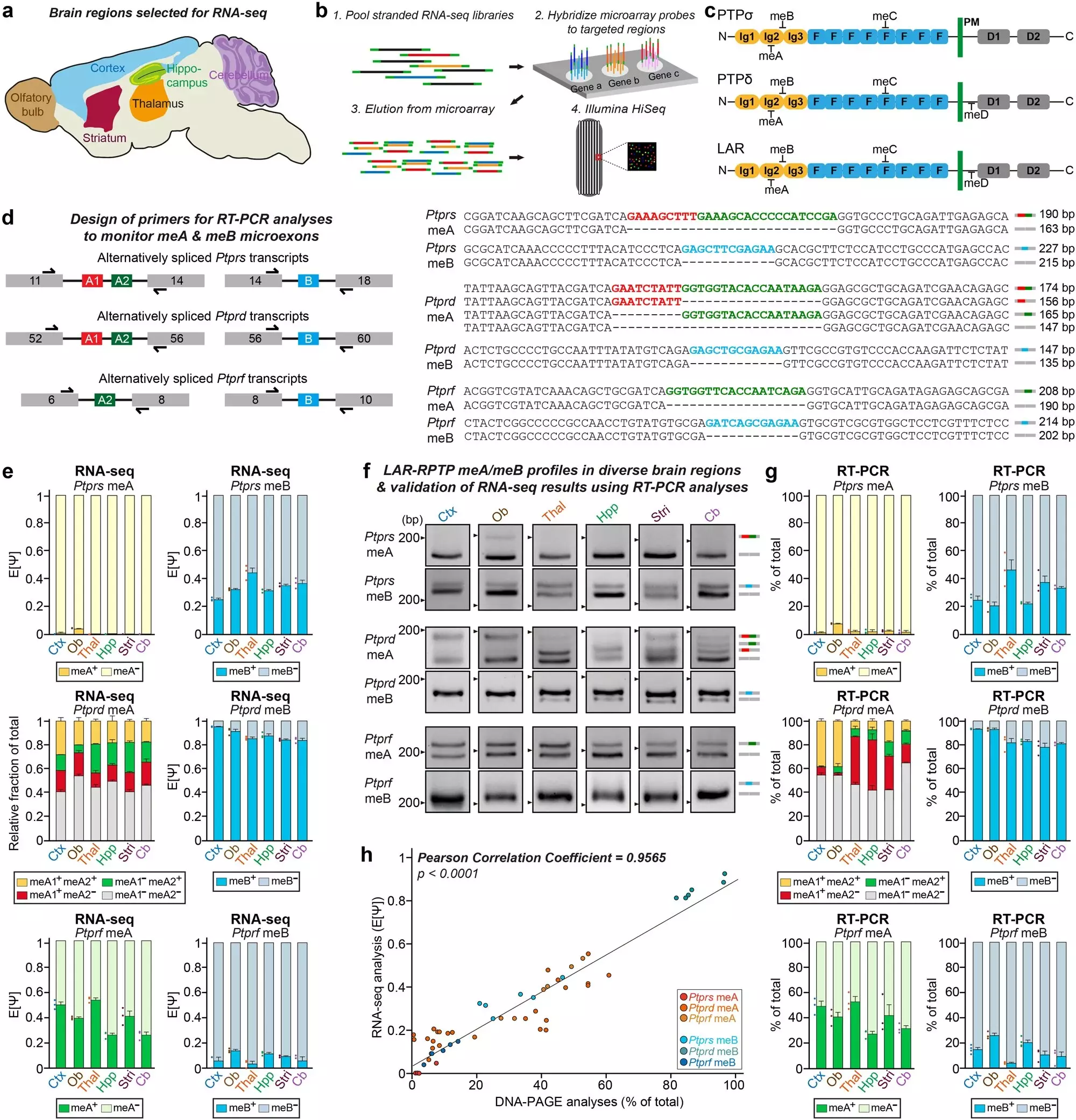The Synapse Diversity and Specificity Regulation Research Team at DGIST has made a groundbreaking discovery in profiling the molecular code that makes up brain neural circuits. Through their research, they have identified how this code regulates specific excitatory synapse traits that play a crucial role in memory formation, particularly in remembering new object locations. This finding opens up new possibilities for developing treatments for brain developmental disorders that are related to synaptic function.
Synapses are key connection points between neurons in the brain, and synaptic proteins are essential for transmitting neural information and regulating neural circuits. The focus of the recent study was on synaptic adhesion proteins, which are vital for brain development and function. The team honed in on the LAR-RPTP protein group, a pre-synaptic adhesion protein, to better understand its working principles and structure.
By utilizing RNA sequencing (RNA-seq), the researchers were able to analyze how two core microexons of the LAR-RPTP gene are expressed in different brain regions, cell types, and neural circuits. They observed a significant increase in the levels of specific microexons related to memory functions in experimental mice, indicating a dynamic shift in the synaptic adhesion pathway during the learning process.
The study also shed light on the potential link between LAR-RPTP proteins and brain disorders, such as autism, that are characterized by abnormal brain development. Specific changes in neural circuit-specific microexons were found to be associated with declines in object location memory, offering valuable insights for developing new treatments targeting post-synaptic protein complexes related to LAR-RPTP microexons.
Research Director Jaewon Ko highlighted the significance of this study in uncovering how LAR-RPTP proteins utilize microexon molecular codes to regulate specific synaptic traits across different neural circuit contexts. The findings pave the way for further exploration into the potential of manipulating synaptic adhesion pathways for treating a wide range of brain diseases and disorders. By understanding the intricate molecular mechanisms underlying neural circuit modulation, researchers can advance towards more targeted and effective therapies for brain-related conditions.

